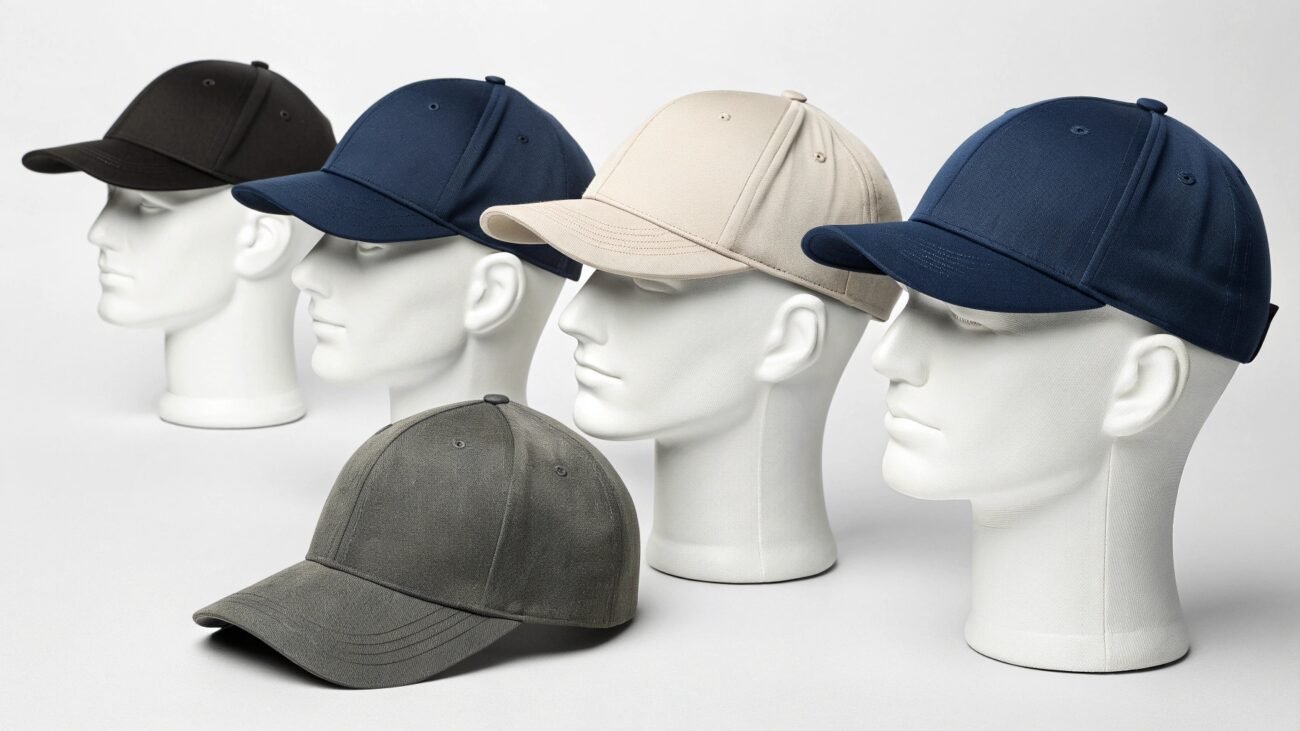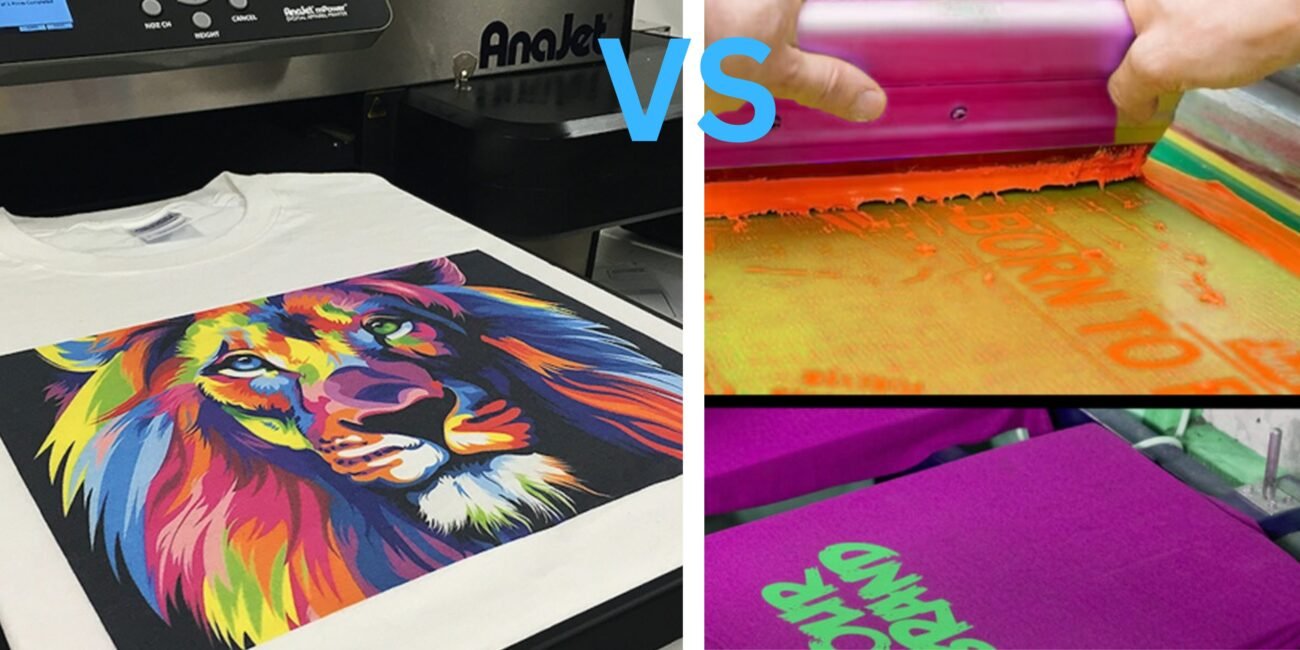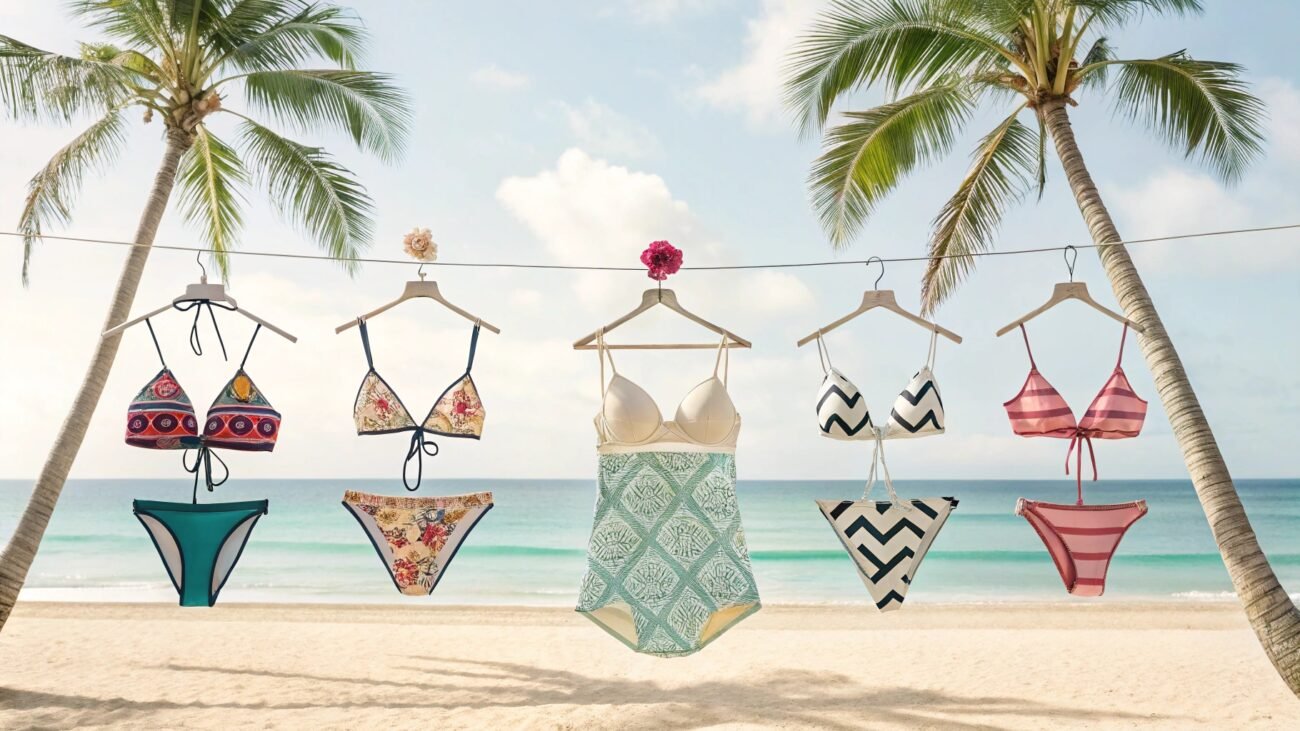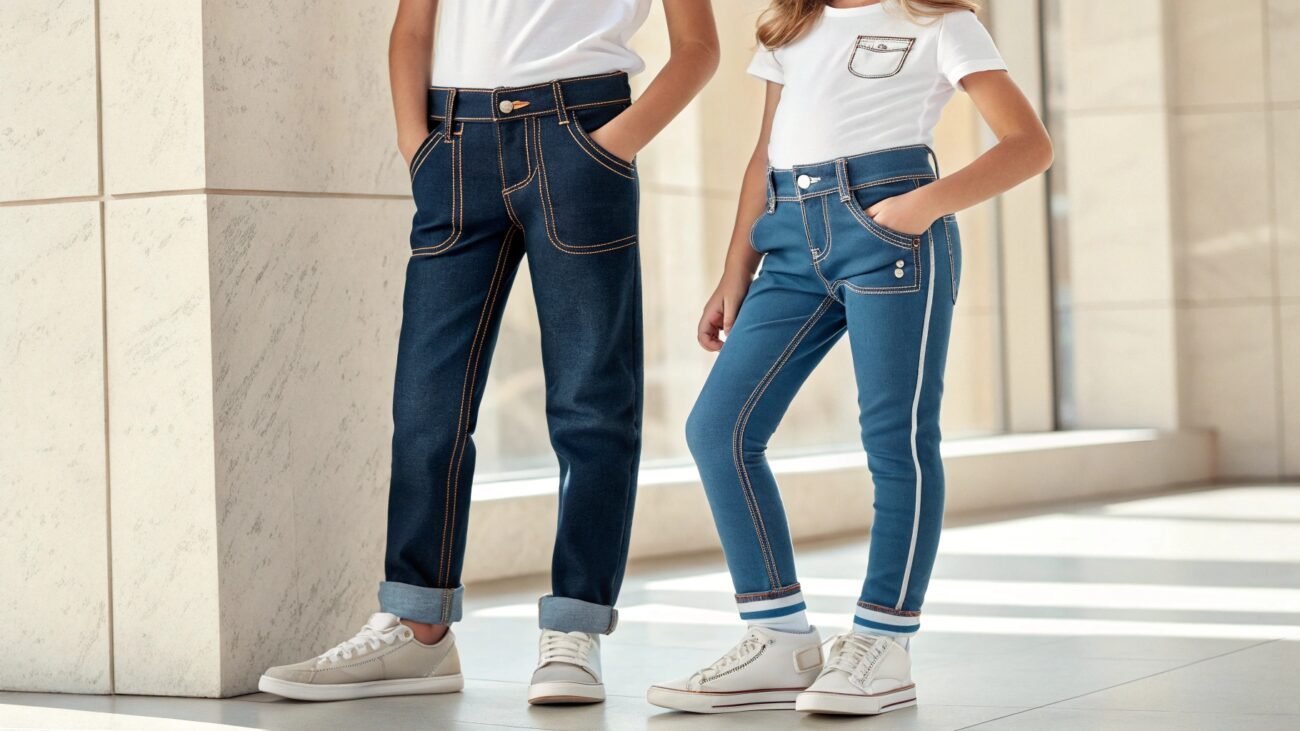The popularity of hoodies comes from the combination of comfort , usability , style and cultural significance. It would be an understatement to call hoodies just a piece of garments. They are versatility stapled to the wardrobe.
Table of Contents
ToggleKnowing this, any hoodie seller would have at least once thought about “what are essential hoodies made of and what makes each hoodie experience so different?” To simplify this, the hoodie experience correlates directly to its material.
Each hoodie’s fabric material confers different features and feels. You can say virtually everything in a hoodie is dictated by fabric choice. If you select the wrong fabric type for your hoodies, the previously mentioned statement of hoodies being a combination of comfort and style becomes inaccurate.
In this article, we will go through all types of fabric material for hoodies, their qualities, and what would be the best fabric for hoodies, along with sustainable fabric sourcing options.
Popular Choices for Hoodie Fabric Material

Virtually any malleable piece of garment can be forged as a hoodie. Still, not all fabric materials are best suited for hoodie manufacturing.
In Fact, each type of fabric has its own pros and cons. With that being said, the question “What fabric are hoodies made of?” would have come to your mind at least once. To answer that, let’s take a deep dive into different types of fabric material available in the market.
Cotton:

- The most preferred hoodie material in the market right now, cotton is natural fiber and offers a great comfy and lightweight experience today in market there are a lot of methods and ways by which cotton is utilized in hoodie manufacturing, there are hoodies available in market with pure 100% cotton and also with cotton-polyester blends.
Cotton hoodies offer the best breathability and softness, and generally speaking, these are best for warm weather or for people who prefer something light.
Polyester:

- Polyester is a versatile synthetic fabric often used in the hoodie manufacturing industry because of its durability and affordability. Many people these days want something that is easy to maintain and doesn’t diminish quickly. Polyester also offers a wrinkle- and moisture-free experience when used in hoodies.
Spandex:

- Spandex, a faux fiber made from polyurethane, is a popular choice for hoodies as it offers excellent elasticity and moisture-wicking features along with perfect and snug fit.
However it is mostly used in blends with either cotton or polyester, and speaking frankly it is the best choice for anyone who is looking for a hoodie that can last long gym hours or physical activities.
Fleece:

- Fleece is basically long fibers of polyester bonded together to give a wool-like feel. Today, it is a very popular choice in hoodie manufacturing due to its superior warmth and comfort and also because it is easy to style.
Fleece, on top of that, also has handy features like moisture absorption, insulation, and easy maintenance. It is often the most preferred hoodie fabric material for people in colder climates.
As stated before, each fabric type has its own advantages and disadvantages. For your convenience, there is a table of comparison below to help you choose the best hoodie fabric.
| Fabric | Advantages | Disadvantages |
|---|---|---|
| Cotton | Soft and Comfortable Hypoallergenic and biodegradable Easy to Dye and Print | Easy to shrink and wrinkle Retains moisture Less durable material |
| Polyester | Wrinkle and shrink resistant Quick drying and cost effective Lightweight and moisture wicking | Less soft and breathable Can retain odors Not eco-friendly |
| Spandex | Durable and stretchy Offers Muscle support Retains its shape | Expensive Less breathable Can diminish if not taken care of properly |
| Fleece | Durable and easy care Quick drying and lightweight Cost effective | Prone to pilling Offers lower breathability Static build up |
Bamboo Fabric is another plant-based fabric material making its name in the industry. When properly cared for, Bamboo fabric can outlast cotton and even polyester. It offers durability and the same breathability, making it a perfect choice for eco-conscious buyers.
Which Hoodie Fabric Is Best for You?
The best fabric choice for a hoodie depends heavily on the intended use, desired feel, style, and price point. Often, cotton is preferred for day-to-day use, and stretchy fibers like elastane or lycra-infused blends are prioritized for physical activity. To make this more straightforward for you.
(1) For Casuals:
The best fabric material for casual wear often strikes a balance between comfort, softness, breathability, and ease of care. With that being said, there are a lot of contenders that are best suited for this role.
- Cotton Fleece: Extremely soft and comfortable against the skin, offers breathability for everyday wear and is relatively easy to care for.
- French Terry: A lightweight alternative to fleece with a looped back. It is softer and comfortable and is less prone to overheating.
- Cotton Blends: These combinations offer the best of both worlds without drawbacks. They offer great smoothness and comfort while being durable and shrink-resistant.
(2) For Activewear:
For activewear hoodies, the best fabric material should offer moisture and odor-managing features, and it should be durable and quickly drying with the promise of free movement.
- Polyester : Extremely durable and cost effective fabric material, offers various features such as stain and wrinkle resistance for longer wearing times.
- Polyester Blends: Although polyester is great on its own, to add up improved features such as breathability and lightweight feel there are a lot of polyester blend options in the market, raging from Cotton-polyester blends and even poly-rayon blends, though they are generally less durable than 100% polyester fabric.
- Nylon Blends: Nylon is an extremely durable and resilient fabric material that can resist a lot of wear and tears without looking washed up. However it is often blended with cotton to make athleisure wear more breathable , lightweight and moisture wicking.
(3) For Extreme Climates:
Best fabric material for extreme climates depends heavily on the type of environment you are living in, but if you are talking about cold climates, then said material should have maximum insulative and heat loss properties as opposed to maximum moisture-wicking and breathable fabric material for hot climates.
For Cold Weather :
- Heavyweight Fleece, or thermal fleece, is at the top range of fleece weights, thus conforming to its insulative and low movement attributes, proving it to be an exceptional fabric material for cold weather.
- Merino Wool is a superfine natural fiber that comes from Merino sheep , it offers exceptional moisture-wicking and soft feel along with insulative properties for cold environments, it can also either be used on its own or as an inner lining in hoodies.
For Hot Weather:
- Lightweight Polyesters, these fabrics are often preferred for warmer environments due to their moisture-wicking, lightweight feel, and anti-staining properties. Lightweight polyester can also be treated with anti-UV coatings to become the contender of the best hoodie fabric material.
- Lightweight Cotton blends are arguably the prime choice for hotter environments, as it not only provides the softness and breathability of cotton but also properties of its conjugates. In today’s hoodie fabric market, it is available as Poly-cotton and linen-cotton blends for summer wear.
- Nylon Blends are great for sportswear and tropical regions. When combined with viscose or modal, they become a “Tougher Cotton” with the benefits of both materials, making them yet another great choice for hoodie fabric.
(4) For Ecological Buyers:
The best material for eco-conscious buyers should prioritize ethical sourcing and low environmental impact. Although there are fewer options for sustainable fabric materials.
- Organic Cotton: Organic cotton is naturally cultivated without the use of pesticides or artificial nutrients. It has virtually no environmental impact and is 100% biodegradable, making it a perfect option for those looking for green-based hoodie material.
- Hemp, or superior cotton, is obtained from the stems of cannabis plants and offers three times more resilience and almost an equal amount of lightweight feel and breathability. Recently, it’s been getting a lot of attention in the clothing industry because of its advantages. However, it is mostly used with different fabrics.
What Is Fabric Material Weight and GSM?
In simpler terms, fabric material weight is exactly what you might be thinking , it refers to the weight of fabric , whether it is lightweight or high weight and is usually measured in GSM. Now GSM or Grams per square meter is essentially the weight of one square meter of fabric in grams.
A higher GSM generally indicates a thicker and heavier fabric and lower GSM indicates thinner and lighter fabric material.
Note: If you are interested in GSM and wants a more through outlook then consider this blog
High-Quality GSM for Hoodies Detailed Guide 2025
It is crucial during hoodie fabric material selection as its variance confers durability and purpose during hoodie manufacturing. Here is how different GSM values are attributed to the hoodie’s warmth, drape, and general feel.
- Drape: Draping means how the garment flows on your body. Generally, lightweight or low GSM fabric will be draper, while higher GSM-valued fabric will maintain its structural identity.
- Warmth: Higher GSM means more knitted fibers and more thickness together, and vice versa; now, this directly affects how your end product will feel. If it has a high GSM value, then it will most probably be very insulative and heavy, and if it has a low GSM value, then it will most likely be very breathable and moisture-retaining.
Quality: In the clothing industry, higher GSM fabric does not automatically mean it’s a good quality choice for hoodie manufacturing and vice versa; instead, it’s more about which GSM and fabric are best suited for which purposes.
Ready to Create Your Perfect Hoodie Collection?
Partner with us to bring your custom hoodie designs to life! As a trusted private label hoodie manufacturer, we offer top-quality fabrics, expert craftsmanship, and personalized solutions to match your brand’s style.
To make a functional and purposeful hoodie, both the GSM and fabric material should be considered along with the right manufacturing partner.
Finishing and Treatments on Hoodie Material Fabric

Each fabric type has its own virtues and flaws. To address those, multiple finishing’s and treatment options are available to improve the quality and feel of fabrics. Some aim to make fabric antimicrobial, while others apply starch or shellac to make it shiny and dirt-resistant.
| Fabric Material | Aesthetic Finishes | Functional Finishes |
|---|---|---|
| Cotton | Brushing & Sueding, Mercerization & Sanforization, Bleaching & Starching, Dyeing & Printing | Water Resistant Finish, Wrinkle Resistant Finishes, Anti-Pilling Finish, Antimicrobial Finishes |
| Polyester | Brushing and Texturing, Dyeing and Calendaring | Moisture Wicking and Anti-Repellent Finishes, UV Protection and Antimicrobial Finishes |
| Spandex | No Finishing or Treatment unless Spandex is Blended with Other Fabric | No Finishing or Treatment unless Spandex is Blended with Other Fabric |
| Fleece | Brushing and Anti-Pilling Treatment, Dyeing and Printing | Moisture-Wicking Finishes, Water Repellent Finishes, Antimicrobial Finishes |
Note: If you are unable to find affordable yet quality hoodie making vendors then you should check them out, they provide manufacturing solutions with low MOQs of just 50 pcs.
Cleaning and Caring Tips for Different Hoodie Fabrics
Different hoodie materials have different washing etiquette. You cannot just throw a hoodie in the wash and think it will be cleaned.
Some hoodie fabric requires mild detergent, while others are best cleansed under cold water. But before diving into the different washing methods best suited for each material, you should know some general hoodie cleaning rules.
- Don’t wash without pretreating stains
- Use cold water and less friction
- Skip the dryer
(1) Cotton:
Cotton is a delicate fabric material that needs to be treated with proper care and a washing routine. Otherwise, it will most definitely lose its structural integrity and look faded.
- Use cold or lukewarm water and gentle cycle on your washing machine.
- Avoid harsh chemicals like bleach and fabric softeners.
- Only Air dry when needed; otherwise, always go with a tumble drying process.
(2) Polyester:
Although polyester is much more resilient than cotton, you’d be surprised to know its washing instructions are almost identical.
- Use room temperature water with gentle cycles and mild detergent.
- Avoid heavy chemicals like bleach and fabric softeners
- Air drying is preferred mainly when washing polyester; otherwise, you can also use tumble drying.
(3) Spandex:
Spandex is a stretchable fabric that will be completely ruined if washed in the washing machine. Always try to hand wash spandex and its fabric blends with your hands.
- Let spandex fabric soak in cold water with mild detergent for at least 30 minutes.
- Gently agitate the garment with your hands to remove dirt and debris.
- Rinse thoroughly with cold water and avoid twirling and twisting.
(4) Fleece:
Fleece is quite durable, but it wouldn’t hurt you to be gentle with it as well. Yes, you can just throw it in the washing machine with mild detergent and go about your day, but to make it last for longer, you have to properly care for it as well.
- Use cold water and lukewarm water only when it’s extremely dirty with mild detergents.
- You can use fabric softeners, but avoid bleach, which can cause it to lose its sheen.
- Rinse thoroughly with cold water in the washing machine and air dry.
Ongoing Trends in Essentials Hoodie Materials

With ongoing concern for environmental degradation, many consumers and manufacturers are going for fabric that is easy to degrade and could be treated without harmful chemical agents.
Almost daily, there is some new intervention in the fabric material industry. One such example would be the use of Bamboo fabric; it is affordable, soft, and breathable like cotton, and it is also environmentally friendly as it virtually needs no pesticide or fertilizer to grow.
Another under-the-light intervention is recycled polyester fabric material. It has revolutionized the clothing industry as it is made from plastic bottles and offers nearly the same benefits and features as traditional polyester while having a marginally low environmental impact.
Different brands are also experimenting with different fabric blends these days to find a better solution where stretchable, moisture-wicking, and durable fabric is required.
Conclusion
To conclude this topic, there are many fabric materials available in the market, with each being best for different and unique scenarios; fabric selection and GSM are henceforth what make any material right for purposeful hoodie manufacturing.
Each fabric and its blends need proper care and washing routine as pertained. However, with increasing trends and awareness, there has also been an increase in experimentation and interventions to find sustainable raw material sourcing for hoodie manufacturing.
FAQs
What is the best fabric type for hoodies?
Cotton blends and Fleece offer exceptional comfortability, durability, and experience. Although many fabrics confer high-quality hoodie production, these two stand out.
How many GSMs are in a regular hoodie?
A normal high-quality hoodie is about 250 to 350 GSM, as this range is known to bring forth a perfect balance between warmth and breathability.
How do you choose the perfect fabric material for custom hoodies?
Devising a meaningful hoodie depends on the final use case intention. Knowing the intentions behind one can easily navigate the seas of fabric options. For example, opting for Poly-spandex for activewear hoodies is considered best due to the fabric’s durability and stretchiness.








